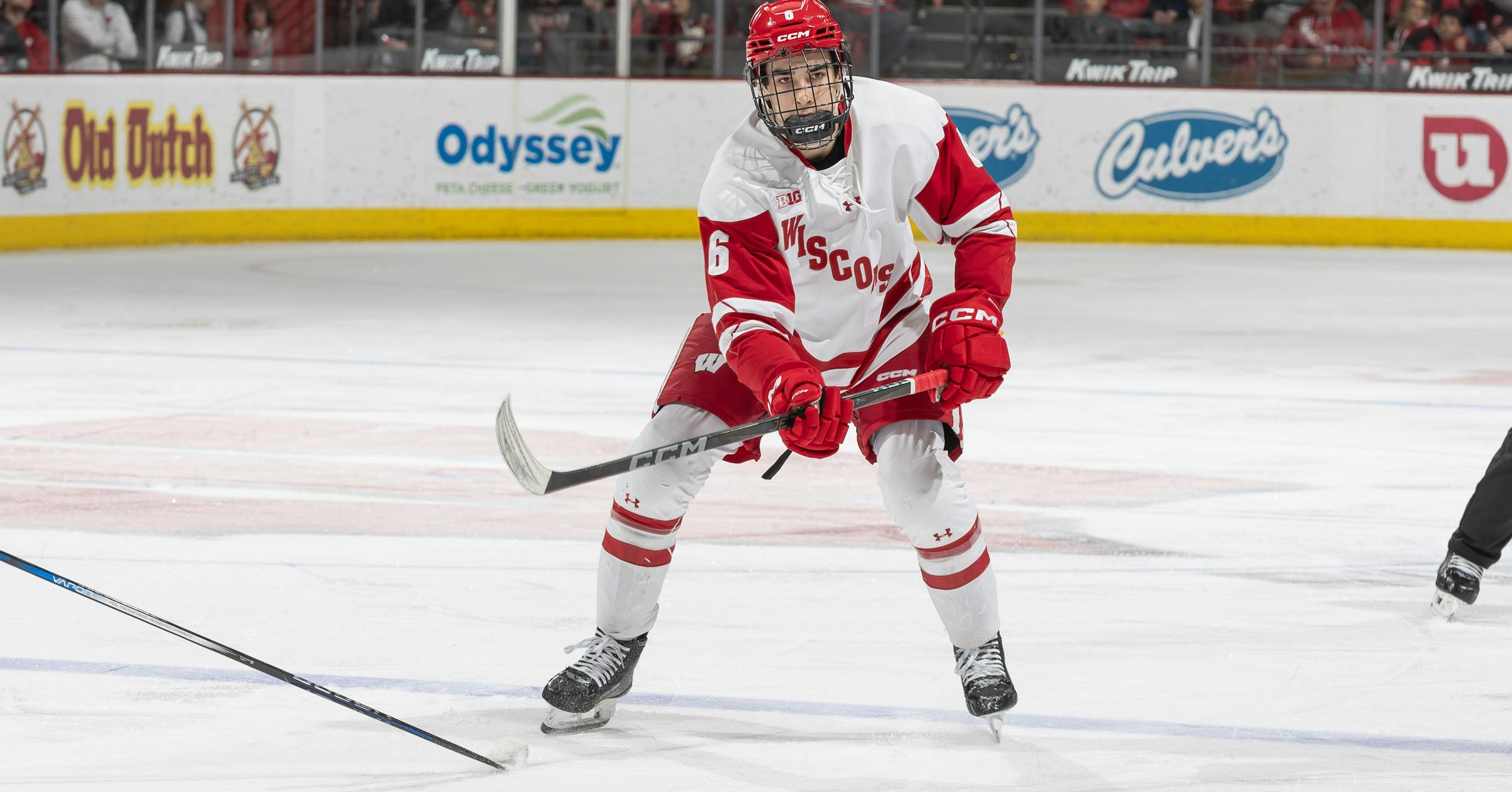It is no secret that the Pacers-Thunder NBA Finals has been something less than a ratings bonanza. The first five games averaged 9.18 million viewers, the worst five-game average for the Finals in the Nielsen people meter era (1988-present), save for Lakers-Heat in the fall 2020 “bubble” — a months-delayed, fanless, neutral site series that had to compete with the NFL, the election, and a presidential hospital stay.
Pacers-Thunder has thus far averaged about the same audience as the 2023 Rangers-Diamondbacks World Series — an infamously low-rated matchup that averaged 9.11 million for its full five-game run — and that is despite Nielsen expanding its out-of-home viewership sample earlier this year.
What has been particularly notable about this NBA Finals has been the lack of any meaningful growth from game to game. Most championship series start out at a certain level for the first four games before picking up in Game 5. Last year’s NBA Finals grew 27 percent from Game 4 (9.62M) to Game 5 (12.22M). Two years ago, it was a 26 percent jump (from 10.41 to 13.08M). Three years ago, a more modest eight percent bump (from 12.06 to 13.03M).
This year? Try one percent, from 9.41 to 9.54 million.
The growth in viewership from Game 1 to Game 5 has been seven percent, the lowest since — of all years — 2016. That, of course, was the last NBA Finals to go the full seven games until this year.
Seventh Heaven
Where can you go when the world don’t treat you right? The answer is Game 7.
There are plenty of examples in recent history of a Game 7 salvaging an otherwise low-rated series. Just look at last year’s Stanley Cup Final, which went from averaging 3.6 million through six games to 7.7 million in the seventh. Or the World Series, which in both 2014 and 2019 avoided record lows because of a seventh game. In the NBA, one could go back to Spurs-Pistons in 2005, a series that was barely outpacing Spurs-Nets two years earlier until it went the distance — or Rockets-Knicks in 1994, which was overshadowed by O.J. Simpson and the impetus for a Sports Illustrated cover pronouncing the NBA “not” hot.
In none of these cases did Game 7 transform the series into a ratings hit, but it provided a positive note on which to end the season — and made the overall average look a bit more respectable.
But it should be noted that those game sevens took place in a different era of television. Can one be certain that a Game 7 will attract the kind of casual audience that has thus far spurned this series? Certainly, last year’s Stanley Cup Game 7 seems to point in that direction, growing its audience by more than 80 percent over Game 6. Assuming viewership for this year’s NBA Game 6 finished around the same level as Game 5 (those figures will not be out until Monday), an 80 percent increase would mean an audience of about 17.5 million, which to be frank seems a touch out of reach for this series — and the NBA generally in 2025.
Since 2019 — and really more accurately since March 11, 2020 — the NBA has been unable to hit the heights that had been commonplace throughout the 2010s. In an era of seven different NBA champions in as many years, there was never any chance that the NBA would be able to sustain the audience it attracted during LeBron James’ run of eight-straight NBA Finals (half of which were against Stephen Curry). Nevertheless, even a pessimist in 2019 would not have predicted that the league would go through the first half of the decade without a single game getting to the 14 million mark. (Warriors-Celtics Game 6 in 2022 came to within a hair with 13.99 million.)
Even before getting its golden Yankees-Dodgers World Series last year, Major League Baseball had gotten to the 14 million mark once with Game 6 of Braves-Astros in 2021 — a matchup that sounds like an NLDS rather than a World Series. Four of the five least-watched NCAA men’s basketball national title games have occurred this decade, but they all topped 14 million. The Kentucky Derby gets to that level with relative ease, and while it has the advantage of a shorter runtime than an NBA game, few would argue that horse racing is in the same neighborhood as the NBA in terms of popularity.
To be clear, 14 million is not some kind of milestone figure. There is no real ring to it. That it would mark a meaningful superlative for the league — its largest audience in six years — is more an indication of just how difficult it has been for it to hit the high notes in this decade.
There are some milestones that could be in reach. 18.2 million would be the largest men’s basketball audience of this decade. 18.4 million would be the largest pro sports audience, outside of the NFL, in this decade. Nineteen million would be the largest sports audience period — outside of the NFL and Olympics — in this decade. (Go back in time and tell someone in 2019 that a women’s basketball game — Caitlin Clark’s final collegiate contest — holds the top spot.)
It would take an unusually large lift for Game 7 to reach those levels. While Spurs-Pistons in 2005 got to 19 million for its Game 7, no game of that series averaged under ten million — a figure that this year’s series has yet to reach (pending results for Game 6).
If Game 7 is unlikely to give the NBA a leg up on the competition, is a six-year high really all the league can hope for? Not necessarily. Game 7, regardless of the viewership figure, will likely guarantee that this year’s playoff audience surpasses last year, a result that reinforces the importance of series length. Considering the viewership for the series to this point, that is more than a small victory.
Ultimately, there is little Game 7 is going to change about the perception of this series, and of the NBA, as a ratings draw. Even a larger-than-expected Game 7 audience is going to pale in comparison to the halcyon days of LeBron vs. Steph in 2016 (31M), or even to the most recent World Series Game 7 between the Nationals and Astros in 2019 (23M). Simply put, no amount of out-of-home viewing can change the trajectory of linear television viewership, and the young-skewing NBA is perhaps particularly exposed to that erosion.
If one is to believe that the long-term ratings trend matters — and the NBA has 77 billion reasons to cast a skeptical eye toward that argument — this year’s NBA Finals will ultimately be a negative data point. There is no era of the NBA where a Finals matchup of Indiana and Oklahoma City was going to be a ratings hit, but one would have thought going into this series that a well-played, unpredictable matchup could at least get to the ten million mark once in five games.
The counterargument is that the ratings matter less than ever given the state of television, that the league is set for the next 11 years with an unprecedented financial windfall, and that making sure small market teams can compete for a championship is more important than the Finals averaging 20 million viewers again — a viewership figure that, it should be noted, provides no tangible financial benefit for the league or its players.
All true, but it is perhaps meaningful that high-quality basketball involving Oklahoma City and Indiana is trailing a dreadful slog like last year’s Boston-Dallas by double-digits and needs a Game 7 just to get in range of Milwaukee-Phoenix — in July — four years ago. That may not say anything about the financial health of the NBA; it may not be a threat to the league’s business or impact the on-court product; it may not even be the most accurate gauge of popularity in 2025. But it is not insignificant. And it cannot be totally hand-waved away by noting the accelerating decline of television viewership (down 13 percent during the Finals, compared to 6-8 percent a year ago).
As for Game 7, expect the largest NBA audience since 2019. That is not an entirely confident prediction, because the lack of lift throughout this series cannot be completely discounted. An audience in the 13 million range would not be a shock — especially if world events lure viewers to cable news channels — but the expectation here is something in the 14-15 million range.
For each of the other NBA Finals game sevens in the Nielsen people-meter era, viewership rose substantially over Game 6 — 50 percent in 2016 (from 20.7 to 31.0 million), a modest 28 percent in 2013 (from 20.6 to 26.3 million), 57 percent in 2010 (from 18.0 to 28.2 million), 41 percent in 2005 (from 13.5 to 19.0 million) and 53 percent in 1994 (from 17.0 to 26.1 million).
Assuming a Game 6 audience in line with Game 5 (9.5M) and a 50 percent increase, that would put Game 7 just over 14 million.
NBA Finals Game 7: Indiana Pacers at Oklahoma City Thunder (8p Sun ABC, ESPN+): Prediction: 14.97M.


























































